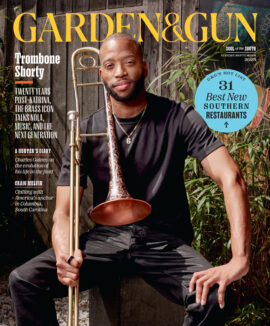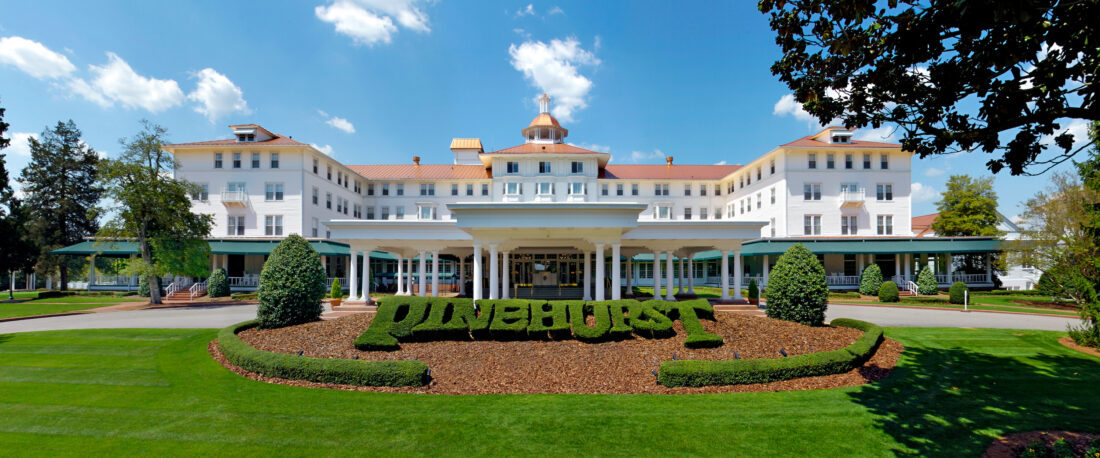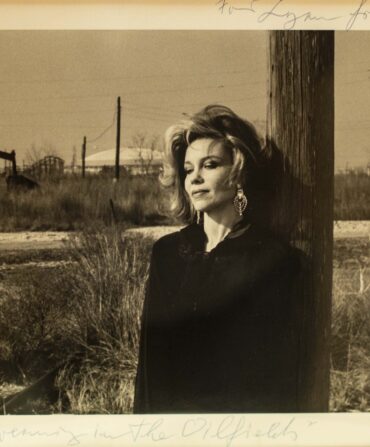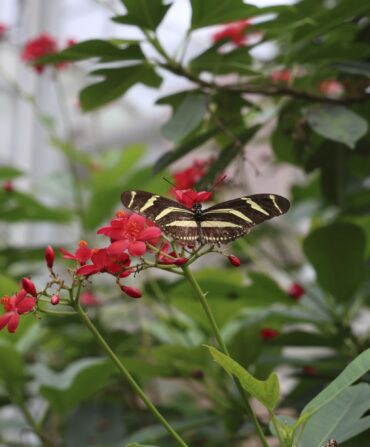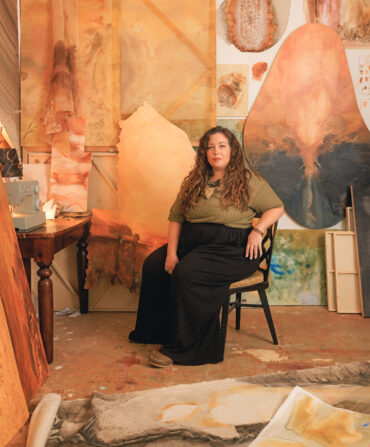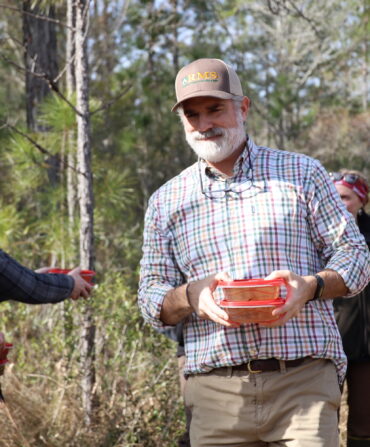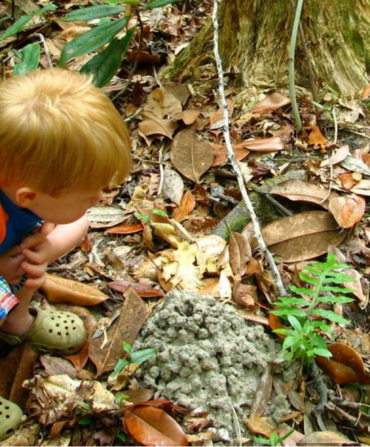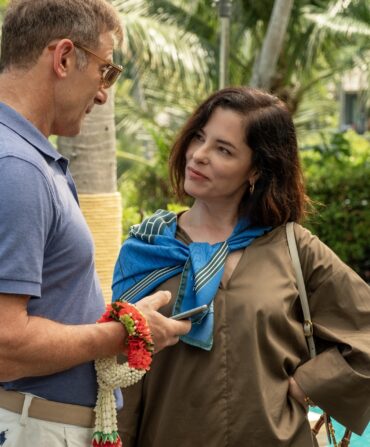This summer, all cart paths lead to Pinehurst: The esteemed “Cradle of American Golf,” tucked into a longleaf pine forest in the sandhills southwest of Raleigh, hosts the 124th U.S. Open championship, June 13–16. The championship will take place on Pinehurst No. 2 for the second time since legendary course designers Bill Coore and Ben Crenshaw reshaped the greens and added sand areas (and tens of thousands of pesky wire grass plants) that pay homage to its original layout.
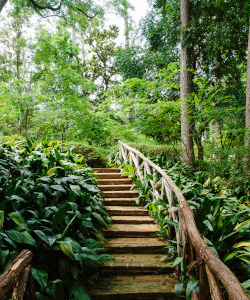
But its story begins well before that 2011 restoration. James Walker Tufts, a soda fountain magnate, founded Pinehurst as a sanitorium in 1895. Legend has it early visitors to the New England–style village passed the time by playing golf in the adjacent cattle fields. When farmers complained the flying white balls were disturbing their dairy herds, Tufts hired Dr. D. Leroy Culver to design and build nine holes for course No. 1. Donald Ross, a mostly unknown Scotsman, was hired in 1900 to design No. 2. Ross loved No. 2 so much, he would live on the third fairway until he died in 1948.
This past spring, Tom Doak, the dean of natural golf course design, unveiled No. 10, Pinehurst’s first new championship track in nearly three decades. Doak schemed up an undulating, sand-enveloped menu of challenging shots rewarded with vistas of the primeval dune topography.
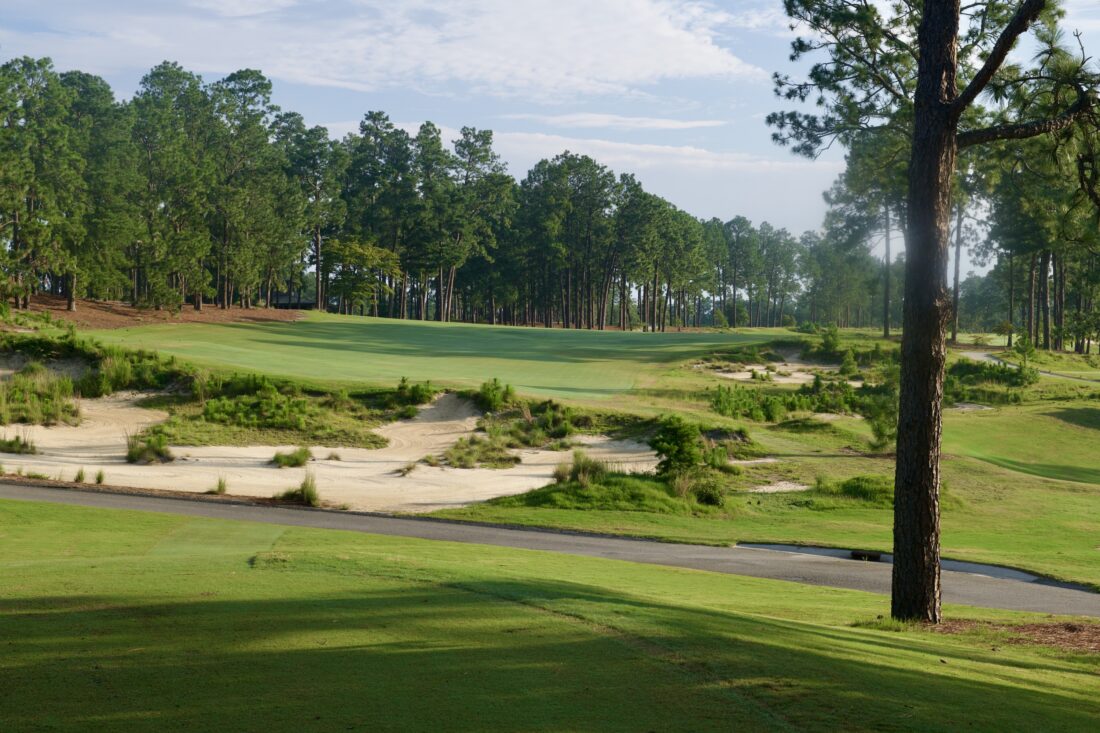
Golf House Pinehurst, the United States Golf Association’s second headquarters, also recently opened here. The new facilities house research and testing labs (the epicenter of golf ball and equipment debates—did you know the clubhead hits the ball with an average force of more than 2,000 pounds?) and the relocated World Golf Hall of Fame.
To mix a little history in with all that new science, golfers can head to the Tufts Archives at the Pinehurst Library. Display cases feature late nineteenth-century tea sets, portraits of the Tufts family, and other memorabilia. Hole flags from every Donald Ross golf club line the upper walls, but the treasure exists within a vast set of binders containing blueprints for almost every course he designed. Thumbing through these sketches is like sitting down with the genius himself. Hours can pass.
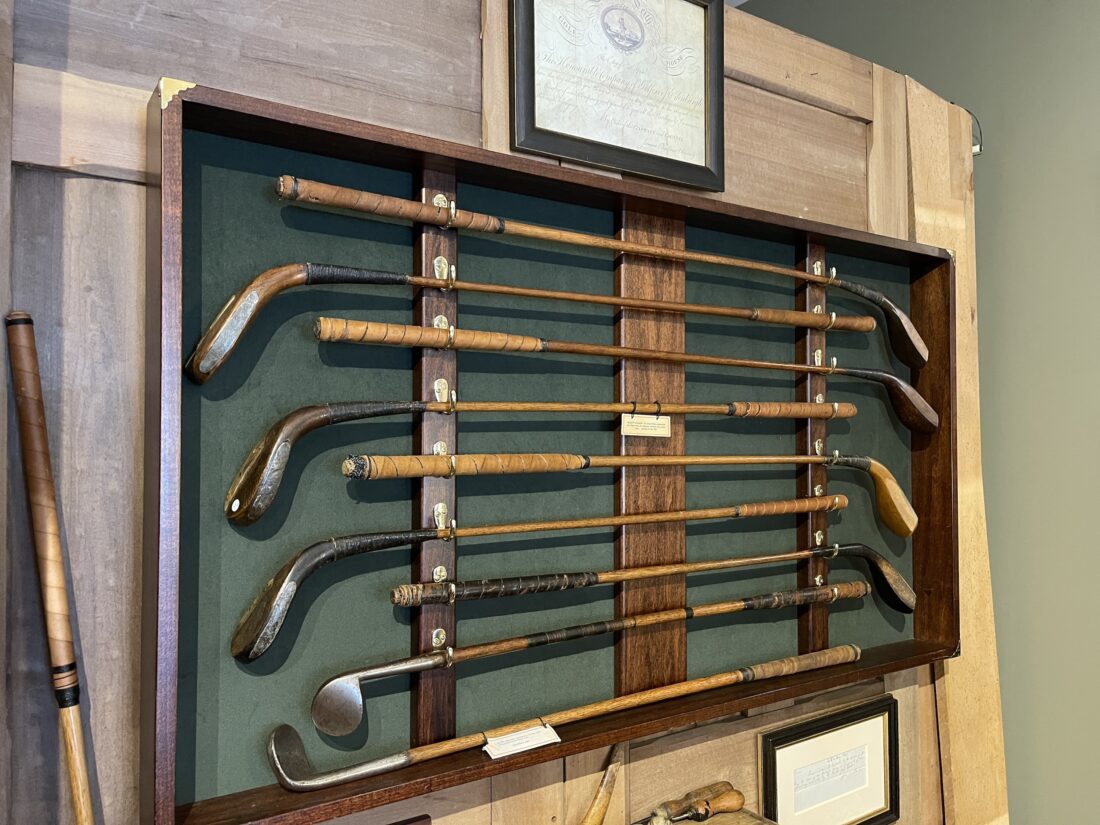
Located a lob wedge away from the archives stands Tom Stewart’s Old Sport & Gallery, as fine an emporium of golf as you’ll find on this side of the pond. Need a mashie, brassie, or niblick to complete your antique club set? Would an oil painting of Pebble’s #7 look fine in your den? You’ve come to the right shop. Mr. Stewart may not be for sale, but he’s happy to share a priceless tale or two as you putter around his incredible collection of treasures.
Like the Coore-Crenshaw redesign of No. 2, what’s old is new again at Pinehurst. The stately Carolina Hotel was recently renovated, with a refresh of rooms and the lobby. The Carolina Vista Lounge is new, too. For a golf junkie, visiting Pinehurst is like heading to Wonkaville with a sweet tooth—but if your actual sweet tooth comes calling, the classic Mile High Key Lime Pie, Pinehurst’s signature dessert, will never go out of style.

